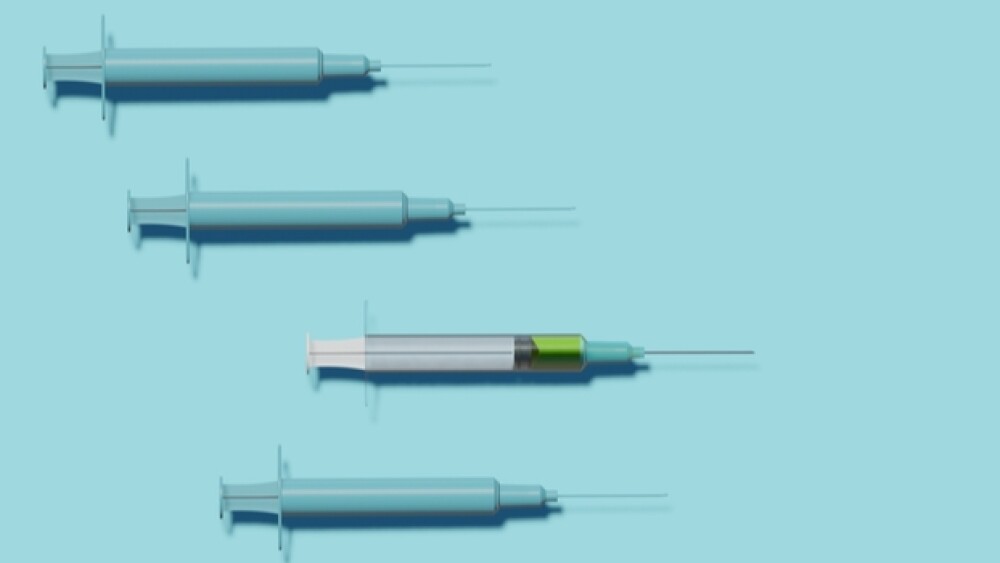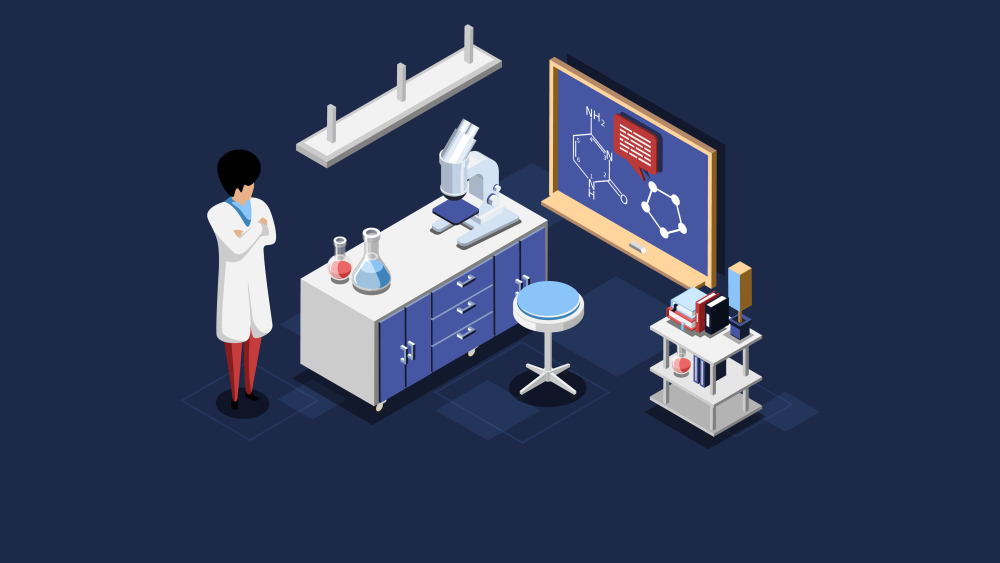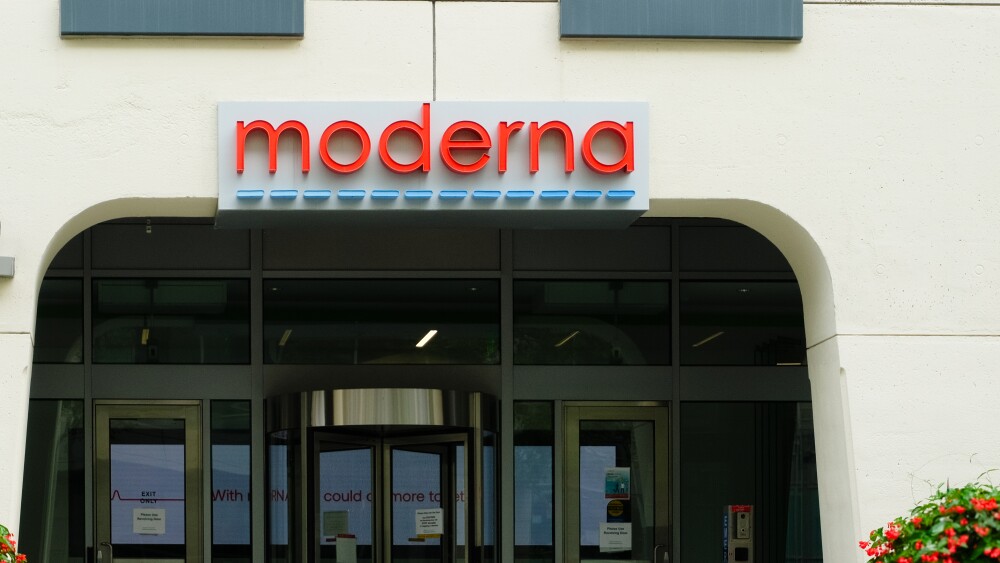There is an impressive amount of technological ingenuity – mRNA, monoclonal antibodies and more traditional formats – being thrown at the development of a vaccine against COVID-19.
There is an impressive amount of technological ingenuity – mRNA, monoclonal antibodies and more traditional formats – being thrown at the development of a vaccine against COVID-19.
In ideal circumstances where time isn’t as much of the essence, it takes between 2-5 years to develop an effective vaccine. This isn’t one of those times, and the life sciences industry has come together like never before with a heightened sense of urgency.
Even so, the failure rate from pre-clinical development to the registration of a vaccine is often as high as 93%, and on October 12, Johnson & Johnson (Janssen Pharmaceutical Companies) voluntarily pause its Phase III ENSEMBLE trial after an “unexplained illness.” Just 24 hours later, Eli Lilly followed suit.
Johnson & Johnson:
On October 23rd, J&J announced that following consultation with the U.S. Food and Drug Administration (FDA), preparations to resume recruitment for the trial were underway. After finding no evidence that the serious illness in the trial participant was connected to the vaccine candidate, the independent Data Safety and Monitoring Board (DSMB) overseeing the ENSEMBLE study recommended the resumption of the trial.
J&J’s vaccine is built on Janssen’s proprietary AdVac® technology, also used to create its Ebola vaccine which won EU approval in July. It works by combining genetic material from the coronavirus with a modified adenovirus.
While vaccine hopefuls from Pfizer and Moderna advanced to human trials well before J&J, the latter, if successful, has a considerable logistical upside.
“One of the advantages of this vaccine is that their platform can have a rapid operationalization and creating one billion vaccine doses over the next year. So that’s one of the advantages, provided the study shows that it works,” Dushyantha T Jayaweera, M.D, a Miami Miller School of Medicine professor of Clinical Medicine and infectious disease specialist involved in the J&J trial, told BioSpace.
After all, a vaccine is only as broadly effective as the number of people it’s able to reach.
Moderna:
Moderna, founded in 2010 and focused on the development of mRNA (messenger RNA) based vaccines and therapies, is the youngest company in the mix. They are closely followed by BioNTech, which was established in 2008. As opposed to J&J’s more traditional approach, Moderna’s vaccine is built on the newer mRNA technology.
RNA vaccines work by introducing an mRNA sequence coded for a disease-specific antigen, which is then recognized by the immune system, preparing it to fight the real virus.
The fact that Moderna has yet to achieve an approved vaccine, or run a large-scale trial, has reportedly led to tension with government scientists over the process.
There were not, however any sources willing to confirm this by name, and Moderna denies the claim, pointing out that these are unprecedented times.
“It has not been smooth or easy. No one has ever done anything like this before - not Moderna, not the NIH, and not any of the other companies, Moderna spokesman Ray Jordan told Reuters in an account printed July 7.
This sentiment is echoed by Jayaweera.
“If you go in a traditional way, we would take at least a year to get the proper information. But having said that, it is possible that the vaccine may be so effective compared to the placebo, that the data safety monitoring board may say there’s clear evidence that the vaccine works as compared to the placebo. But that answer, nobody knows,” Jayaweera said on the Newswise panel.
At this point, Moderna does not expect to have sufficient information to apply for emergency use authorization (EUA) before Thanksgiving. The company has also been forced to slow down its late-stage trial by a lack of racially diverse trial subjects. As of September 17, black Americans only accounted for 7% of participants, falling 6 points shy of the 13% needed for a closer representation of the overall population.
“Developing a vaccine that is not used in a fraction of the population is the same as having no vaccine,” Dr. Moncef Slaoui, the chief scientific adviser to U.S. Operation Warp Speed, told Reuters. “It is absolutely useless.”
Regeneron
Regeneron is covering all of its bases with a double-threat cocktail, which was prescribed as an experimental therapeutic to President Donald Trump on a compassionate use basis. While REGN-COV2, a combination of two of the company’s monoclonal antibodies, is getting the most press as a therapeutic, it is also being studied as a preventative vaccine for those who have already been exposed to COVID-19 patients. This could be a lifesaver for doctors and nurses on the front lines, as well as the immunocompromised.
Dr. Gary Kleiner, MD, an allergy and immunology specialist at the University of Miami Miller School of Medicine who is working on the Regeneron trial, noted that REGN-COV2 that could provide important widespread value.
“Most of the vaccine trials are actually working against making an antibody response to these proteins (S protein). These two particular antibodies [REGN10933, and REGN10987] bind to different parts of this protein, and the main advantage of this potentially would be helpful for patients that either wouldn’t respond – either they have a problem with their immune system, something called the primary deficiency, cancer, transplant patients that may not be necessary candidates for a regular vaccine,” Kleiner said on the Newsweek panel. “We’re performing a preventive trial there with this combination used for household contacts in the hope of decreasing transmission in these subjects.”
Kleiner added that REGN-COV2 could be especially effective if the virus mutates.
“This particular trial has a combination of two antibodies, they’re what are called non-competing, so they’re actually working against different parts of the protein. The theory of that is if the virus did mutate against one of them, potentially the other antibody that’s still in the cocktail would still prevent transmission,” explained Kleiner.
Safety and efficacy are both, of course, paramount in effecting an end to COVID-19. As the pandemic trudges on, taking shortcuts to secure approval of a vaccine that meets the FDA’s minimum 50% efficacy threshold, is attractive. Dr. Susan Bailey, MD, President of the American Medical Association, noted on the Newswise panel that rare side effects may not be known for years.
“Safety – it is an ongoing process…the less common side effects we’re only going to detect when large, large numbers of patients have taken the vaccine. I am not aware though of any side effects signals that are starting to fall out regularly in any of the trials, and there are already tens of thousands of patients that are enrolled, but…the two have to go hand in hand,” said Bailey. “A safe vaccine that doesn’t do anything isn’t helpful, and a vaccine that works but has horrible side effects isn’t going to be helpful. That goes hand in hand, and we have to have both.”
Across the pond, challenge trials are set to begin in early 2021 spearheaded by the UK government’s COVID-19 Vaccine Taskforce and a contract research company called Open Orphan. The trials will, however, require regulatory and ethical approval. Still, it does appear that overall, industry and regulators alike are so far navigating the dicey scientific and political terrain in the spirit of the science.
With AstraZeneca this week announcing positive efficacy results in both older and younger patients, and Pfizer’s Phase III trial heading into the final lap with fewer than 2,000 trial participants left to be enrolled, the time to turn our focus to the logistics of a vaccine rollout may soon be upon us.






